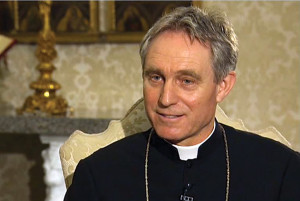
Archbishop Georg Gaenswein, Personal Secretary of Emeritus Pope Benedict and Prefect of the Pontifical Household, during the interview.
What is Pope Francis’ style like for you?
Archbishop Georg Gaenswein: As you can see for yourself, he is a very direct, very uncomplicated, very authentic man…. He is the same now as bishop of Rome and Pope as he was as archbishop of Buenos Aires…
Is the dual role of private secretary to Benedict XVI and collaborator of Pope Francis difficult for you?
Gaenswein: At the beginning it was a great challenge because I had the experience of Private Secretary but not that of Prefect… Since the two Popes have a very good relationship there is no “atmospheric” difficulty for me either to reconcile both realities. I perceive no problems whatsoever, no conflicting goals, no conflict of loyalties… I’m not serving two masters, I enjoy fulfilling my tasks and I try to do them both justice to the best of my ability.
What are the differences and similarities of the two Popes?
Gaenswein: Clearly they are in accordance with regard to the substance. There is a marked and visible difference with regard to presentation, to gestures, in the way Pope Francis approaches people. It’s a difference that’s not worse or better, it’s simply a difference that suits his disposition. Each Pope brings his own character to the papacy…
There is contact, they also write to each other. I can tell you a nice story. In August Pope Francis granted a lengthy interview to Jesuit Padre Spadaro who is the director of the most important Jesuit magazine Civiltà Cattolica, which was published too, so after Padre Spadaro had given Pope Francis the first issue of this magazine, the Pope gave it to me, telling me to take it to Pope Benedict, asking him to read it and write down any criticism he may have on the first page after the table of contents, which was blank. So that’s what I did. Three days later he (Pope Benedict) told me he had written four pages — not by hand, of course, but dictated to Sister Birgit [Wansing, the Pope’s longtime collaborator] — not inside the magazine but in a letter, and he asked me to take this letter to Pope Francis. So he had done his homework! He (Pope Benedict) had read it and — fulfilling the request of his successor — had written some thoughts and comments on certain statements and questions where he thinks some additional comment could be made in another context. Of course I am not saying what they were, but they were certainly interesting!… There is a lively exchange between them, in writing and of course by phone, or on birthdays and name days. It was Pope Francis’ birthday on December 17 and he wanted to invite Pope Benedict for lunch at Santa Marta, but it was postponed till after Christmas because at that time Santa Marta was very full, and as you know Pope Francis dines in the dining hall at Santa Marta, and with all these people, seeing two Popes lunch together — not easy to swallow for everybody!
What is Pope Benedict’s daily routine today?
Gaenswein: The Vatican covers a territory of 44 hectares. The biggest part is gardens, trees, bushes and on the other side there’s a little grove. There on the highest point there’s a house which for almost 20 years housed religious sisters, changing every five years. Then after Pope Benedict had decided what he wanted to do, when the time came for a new order to take up residence, it was left vacant. And he lives in this house, Mater Ecclesiae, as always a beautiful pious name, together with the four Memores and myself. So the team has not changed much. Only Monsignor Alfred [Xuereb], my colleague — as is the tradition for the second secretary — was called to serve the new Pope and is now one of his two secretaries.
So it’s the five of us; we know one another well, so it’s not very difficult to get along. During the day there is also Schönstatt Sister Birgit, who has served Cardinal Ratzinger and Pope Benedict for 30 years, and the six of us bravely muddle through life. What does he do? He starts with Holy Mass in the morning where I concelebrate, then an act of thanksgiving and the Divine Office, then breakfast. After that I “descend from the mountain” and work here (the Apostolic Palace) while, in the mornings, he has three main activities. He studies and reads, takes care of his correspondence — so much comes in that sometimes I hardly know how to deal with it all — and he regularly receives visitors… Then there is lunch when I “climb up” again to the monastery. After that we take a little walk in the little grove because it’s hidden from view. It’s all very beautiful, but it has one drawback: from St. Peter’s cupola you can see straight to our house and the cupola is the ideal place for – well – everything!
Then after that, a little siesta, and shortly after 4 p.m. we take another walk in the grove where we pray the rosary together. Following this he retires to his study which is somewhat smaller, but where he feels comfortable. He begins the afternoon with prayer and then does some more work. He also listens to some music. Dinner is at 8:30 p.m. and usually we end the day by watching the Italian equivalent of the German “tagesschau” which is called “telegiornale” [the evening news] – twice as long but half the news value, unfortunately! We then go for a short walk on the rooftop terrace. (After 7 p.m., the cupola is closed so he can walk there without being seen.) After this he retires, and I can do my own work.
When did Benedict XVI tell you he was going to resign?
Gaenswein: For reasons of discretion I won’t tell you when he told me. He told me early enough, everybody wants to know when that was. It was long before he appointed me bishop and prefect, the episcopal ordination was on January 6th, 2013 in St. Peter’s Basilica. My first reaction of course was, “Impossible! You mustn’t do that!” Rather reduce the schedule, especially travels and things that are physically challenging also. The visit to Cuba and Mexico last year strained him a lot; let’s not forget he was 85 years old then.When he told me what he was planning to do, the decision was already taken. He was communicating a decision to me. And of course he “zipped up” my mouth, as it were, under the pledge of secrecy, and I didn’t tell anybody. But these months beforehand, knowing what would happen, were not easy. The actual day when he was going to announce the renunciation and the day of sede vacante were not yet known at that moment.
How do you view Benedict’s renunciation after a year?
Gaenswein: This step was surprising for the whole world, both inside and outside the Vatican. However I think the term “desacralization” of the papacy is wrong. You have to differentiate between the papacy as an institution and the person of the incumbent. It certainly was a revolutionary step… And it’s only now that we see the importance and huge opportunities that have been opened up by this step. As I have said before, it was not easy for me personally, but the question is not whether it’s easy but rather that I have to accept and come to terms with this decision. And in this respect also I’m at peace with myself.


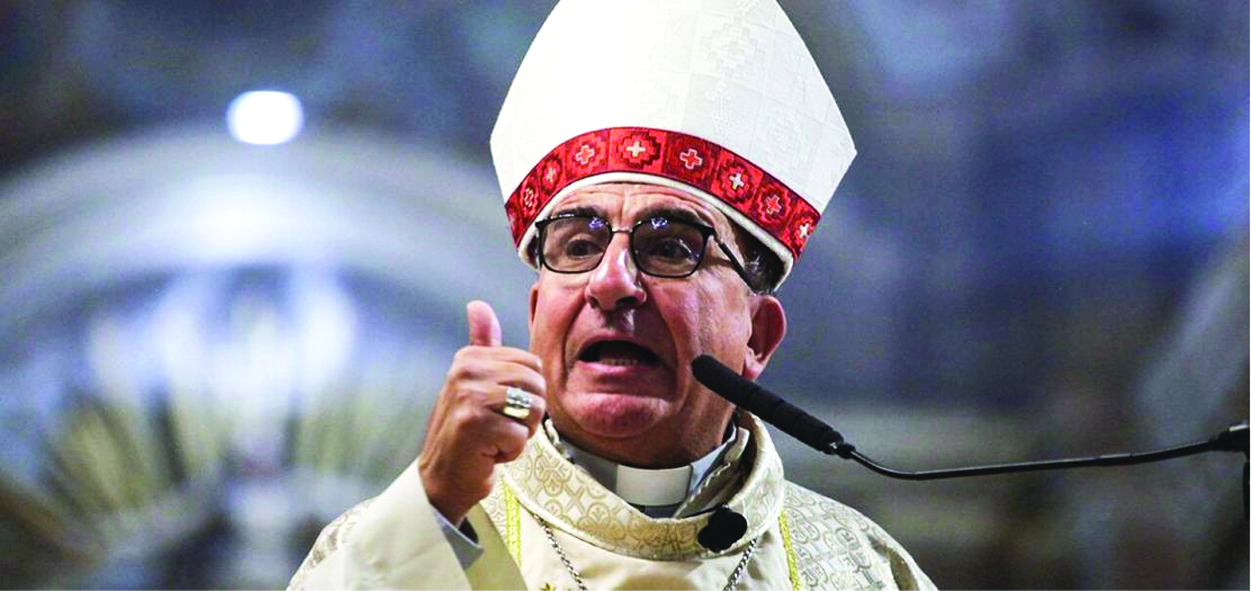
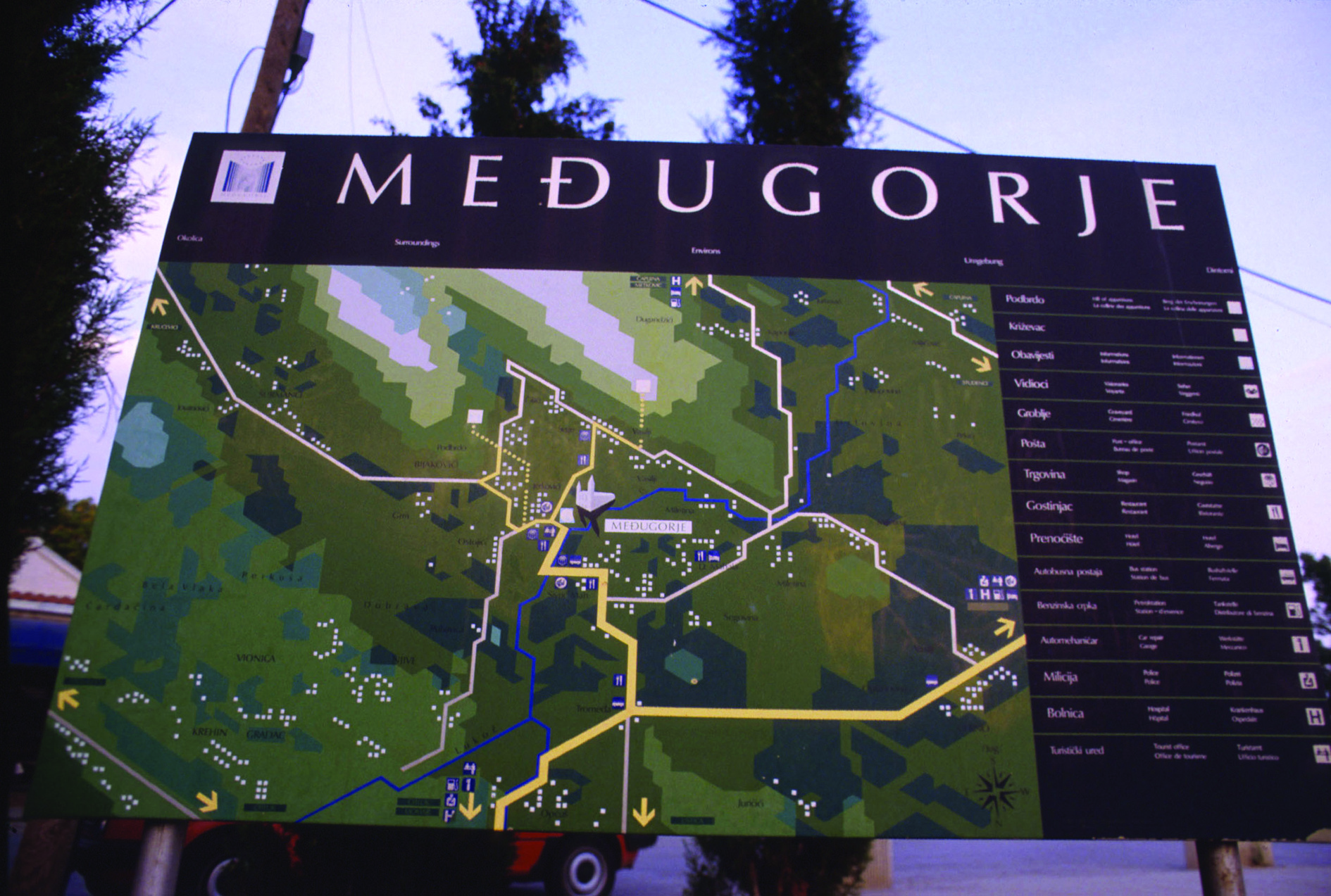
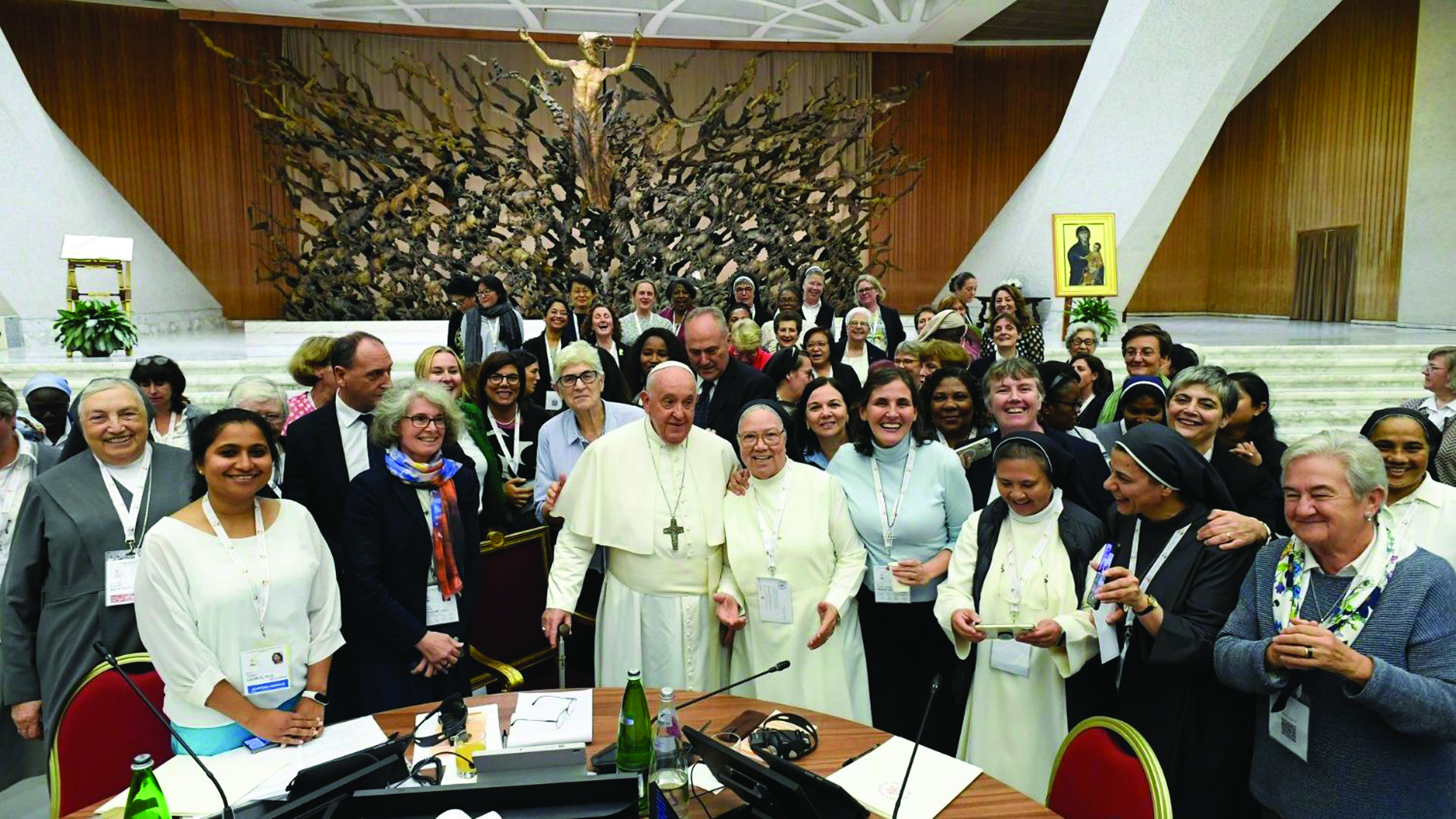
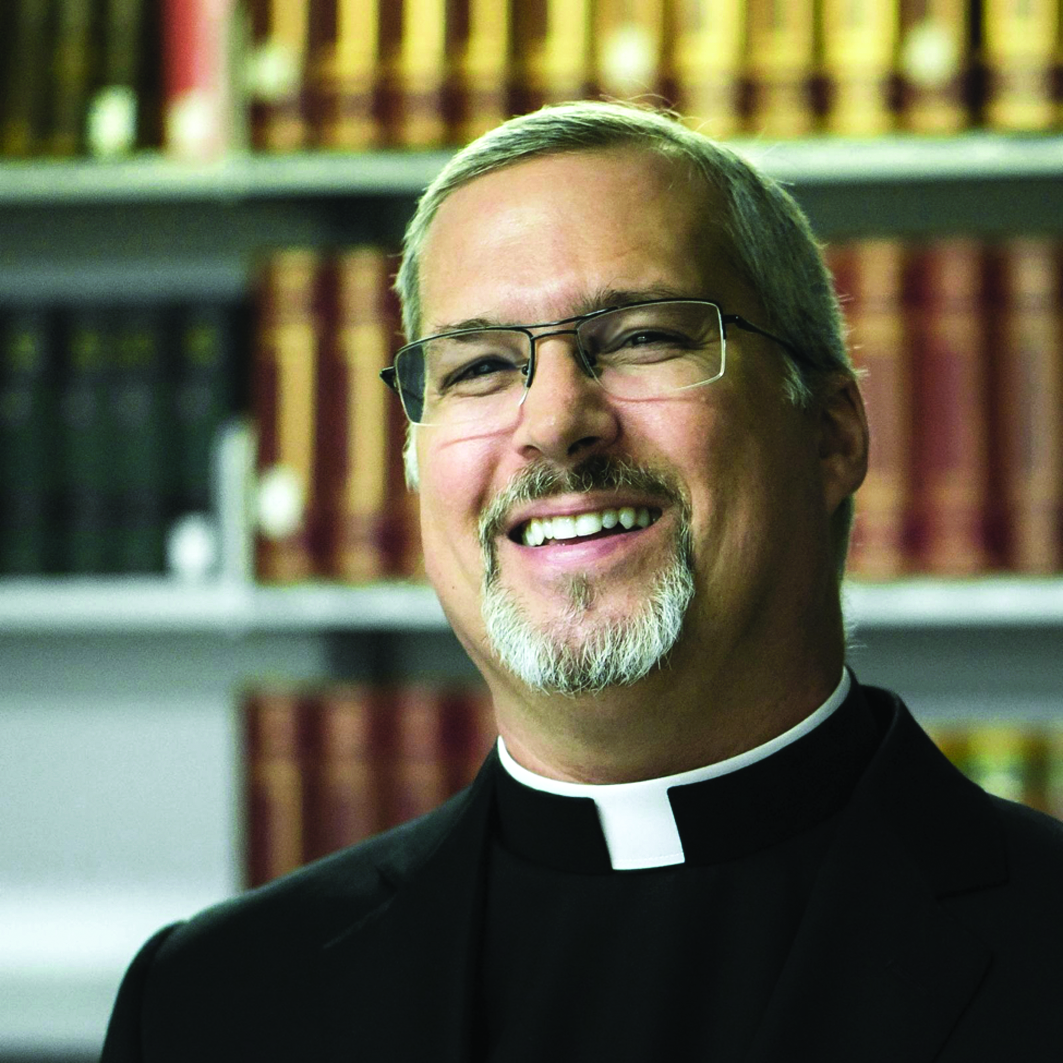
Facebook Comments